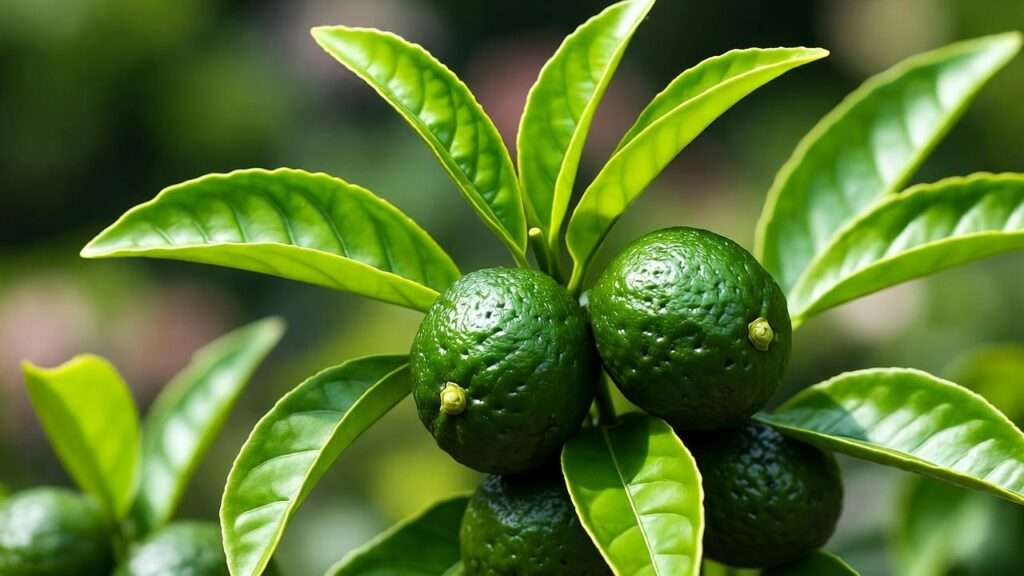Imagine the tangy, aromatic scent of a kaffir lime plant wafting through your garden or kitchen, its glossy, double-lobed leaves ready to elevate your next Thai curry or refreshing beverage! Growing a kaffir lime plant (Citrus hystrix), also known as makrut lime, is a rewarding journey for plant enthusiasts and food lovers alike. Whether you’re a beginner or a seasoned gardener, this comprehensive guide will empower you to cultivate a thriving kaffir lime plant that produces vibrant leaves and zesty fruit. With over a decade of experience in tropical horticulture, I’ll share expert-backed tips to help you succeed, addressing every aspect of care from planting to harvesting. Get ready to transform your space with this versatile, fragrant citrus tree!
1. Understanding the Kaffir Lime Plant 🌱
1.1 What Is a Kaffir Lime Plant?
The kaffir lime plant, scientifically known as Citrus hystrix, is a tropical citrus tree native to Southeast Asia. Renowned for its uniquely aromatic, double-lobed leaves and bumpy, green fruit, it’s a staple in Thai, Indonesian, and Malaysian cuisines. The term “kaffir” is outdated in some contexts due to its historical connotations, so many now prefer “makrut lime” to honor its cultural roots. This compact tree, typically growing 6–10 feet tall, thrives in warm climates and is prized for both its culinary and ornamental qualities. Its leaves release a bold, citrusy fragrance, while the fruit offers tart juice and zest.
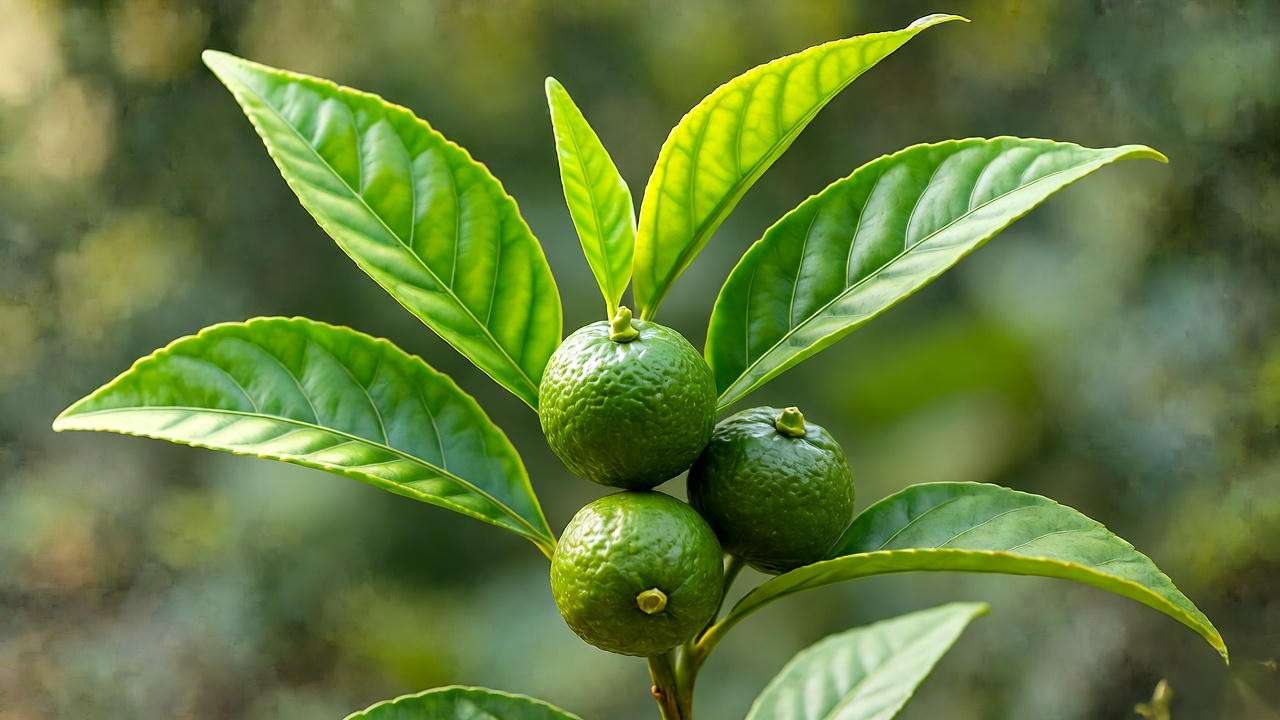
1.2 Benefits of Growing a Kaffir Lime Plant
Why grow a kaffir lime plant? Beyond its culinary star power—think vibrant curries, soups, and marinades—it’s a stunning addition to gardens or patios. The glossy foliage adds year-round beauty, and its compact size makes it ideal for containers. The leaves and fruit contain antioxidants, and in traditional medicine, they’re used for their anti-inflammatory properties. Plus, the plant’s scent naturally repels pests, making it a functional garden companion.
Expert Insight: “The kaffir lime plant is a must-have for any tropical garden,” says Dr. Lila Chen, a citrus horticulturist with 15 years of experience. “Its versatility and low maintenance make it perfect for home growers.”
2. Choosing the Right Kaffir Lime Plant 🌳
2.1 Selecting a Healthy Plant
Start your journey by choosing a healthy kaffir lime plant from a reputable nursery or online supplier. Look for vibrant, glossy leaves, sturdy stems, and no signs of pests or yellowing. Avoid plants with wilted foliage or root-bound pots, as these may struggle to establish. Grafted plants are often preferred for faster fruit production, while seed-grown plants may take years to bear fruit but are hardier in some cases.
Checklist for Buying a Kaffir Lime Plant:
- ✅ Vibrant, dark green leaves with no spots.
- ✅ Firm, upright stems without cracks.
- ✅ Healthy root system (check if potted).
- ✅ No signs of pests like aphids or scale.
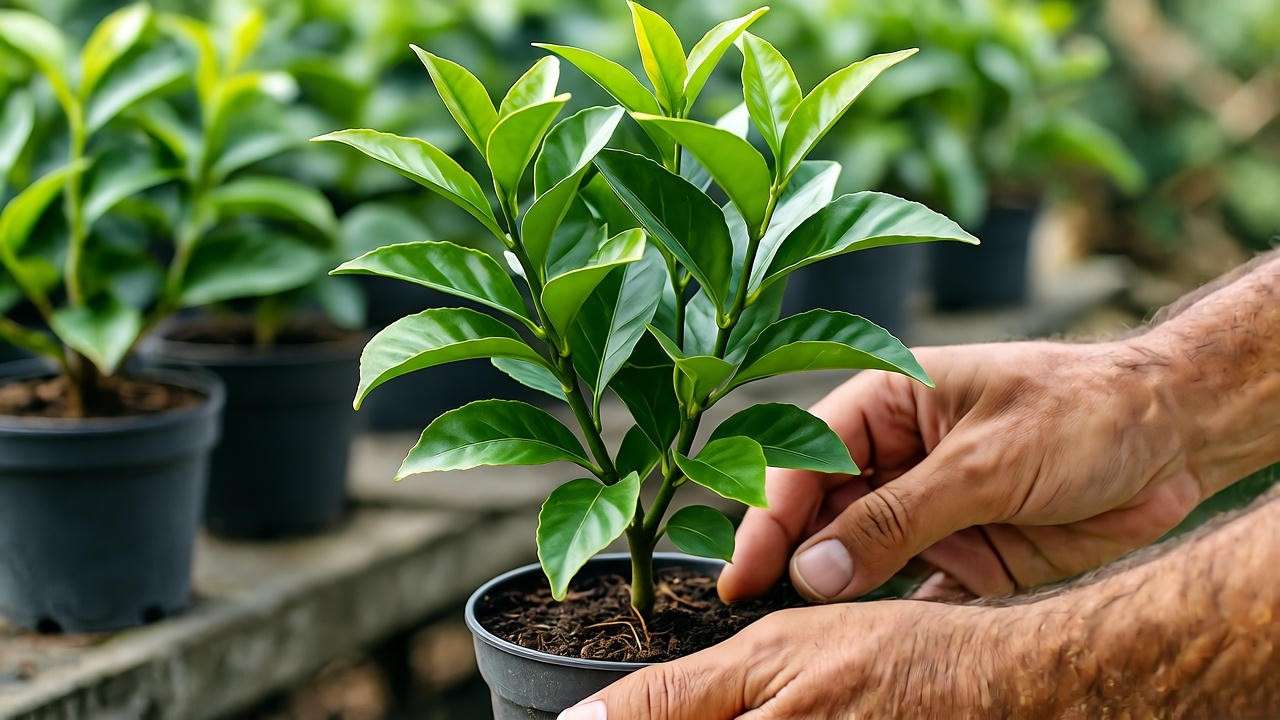
2.2 Ideal Varieties for Home Growing
Most kaffir lime plants are the standard Citrus hystrix variety, but some nurseries offer dwarf cultivars perfect for small spaces or containers. Dwarf varieties, reaching 3–5 feet, are ideal for patios or indoor growing. For in-ground planting in tropical climates, standard varieties work well. Always confirm the plant’s suitability for your climate (USDA zones 9–11 for outdoor growing).
3. Planting Your Kaffir Lime Plant 🌞
3.1 Best Time to Plant
Spring or early summer is the ideal time to plant a kaffir lime, as warm temperatures encourage root establishment. In tropical regions, planting can occur year-round, but avoid extreme heat or heavy rains. For colder climates, plant in spring to allow growth before winter, or opt for container planting to move indoors during frost.
3.2 Soil and Location Requirements
Kaffir lime plants thrive in well-draining, slightly acidic soil (pH 6.0–7.0). A mix of loamy garden soil, compost, and perlite works well for containers, while sandy loam is ideal for in-ground planting. Choose a location with 6–8 hours of direct sunlight daily—south-facing spots are best. If growing in pots, select a container with drainage holes, at least 12–16 inches in diameter.
3.3 Step-by-Step Planting Guide
- Prepare the Soil: Mix equal parts potting soil, compost, and perlite for containers, or amend garden soil with organic matter.
- Dig the Hole: For in-ground planting, dig a hole twice as wide and as deep as the root ball.
- Plant the Tree: Place the plant at the same depth as its nursery pot, ensuring roots are spread out.
- Backfill and Water: Fill with soil, tamp gently, and water thoroughly to settle the roots.
- Mulch: Add a 2-inch layer of organic mulch (e.g., bark or straw) to retain moisture, keeping it away from the trunk.
Example: For visual learners, the final article will include a step-by-step planting infographic with labeled diagrams.
4. Essential Care Tips for a Thriving Kaffir Lime Plant 💧
4.1 Watering Needs
Kaffir lime plants prefer consistently moist soil without waterlogging. Water deeply when the top 1–2 inches of soil feel dry, typically every 5–7 days in warm weather. Reduce watering in winter or during rainy seasons. Overwatering leads to root rot (signs: yellowing leaves, mushy roots), while underwatering causes leaf drop. Use a moisture meter for precision, especially for container plants.
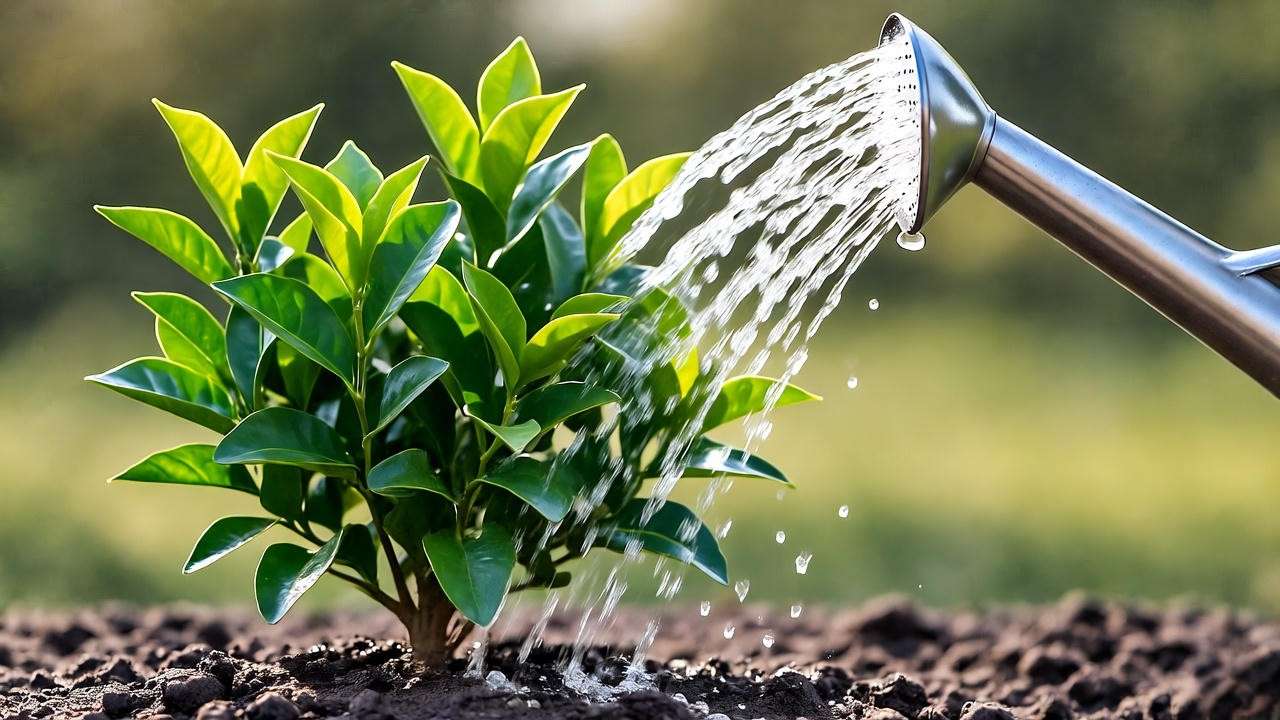
4.2 Fertilizing for Growth and Fruit Production
Feed your kaffir lime plant with a citrus-specific fertilizer (e.g., 10-10-10 NPK) every 4–6 weeks during the growing season (spring to fall). Organic options like compost tea or fish emulsion work well for eco-conscious gardeners. Avoid over-fertilizing, which can burn roots or reduce fruit quality. In winter, fertilize sparingly or not at all.
Fertilizer Schedule:
- Spring/Summer: Apply every 4 weeks.
- Fall: Reduce to every 6–8 weeks.
- Winter: Pause unless the plant is indoors with active growth.
4.3 Pruning and Shaping
Prune your kaffir lime plant in late winter or early spring to remove dead, damaged, or crowded branches. This improves airflow and encourages bushier growth, especially for container plants. Use clean, sharp shears to make angled cuts just above a leaf node. For dwarf plants, pinch back new growth to maintain a compact shape. Regular pruning also boosts fruit production by directing energy to healthy branches.
4.4 Pest and Disease Management
Common pests include citrus leaf miners (tunneling in leaves), aphids (sucking sap), and scale insects (small, waxy bumps). Inspect leaves weekly and use neem oil or insecticidal soap for organic control. For fungal issues like root rot or powdery mildew, ensure proper drainage and avoid overhead watering. If chemical treatments are needed, consult a local extension service for safe options.
Organic Pest Control Table:
| Pest | Signs | Solution |
|---|---|---|
| Citrus Leaf Miner | Wavy trails in leaves | Neem oil, remove affected leaves |
| Aphids | Sticky residue, curled leaves | Insecticidal soap, ladybugs |
| Scale Insects | Waxy bumps on stems/leaves | Horticultural oil, manual removal |
5. Growing Kaffir Lime in Different Climates 🌍
5.1 Tropical and Subtropical Climates
In USDA zones 9–11, kaffir lime plants thrive outdoors with minimal effort. Protect them from extreme heat by providing afternoon shade during summer peaks (above 95°F). During heavy rains, ensure proper drainage to prevent root issues. Mulching helps regulate soil temperature and moisture in these climates.
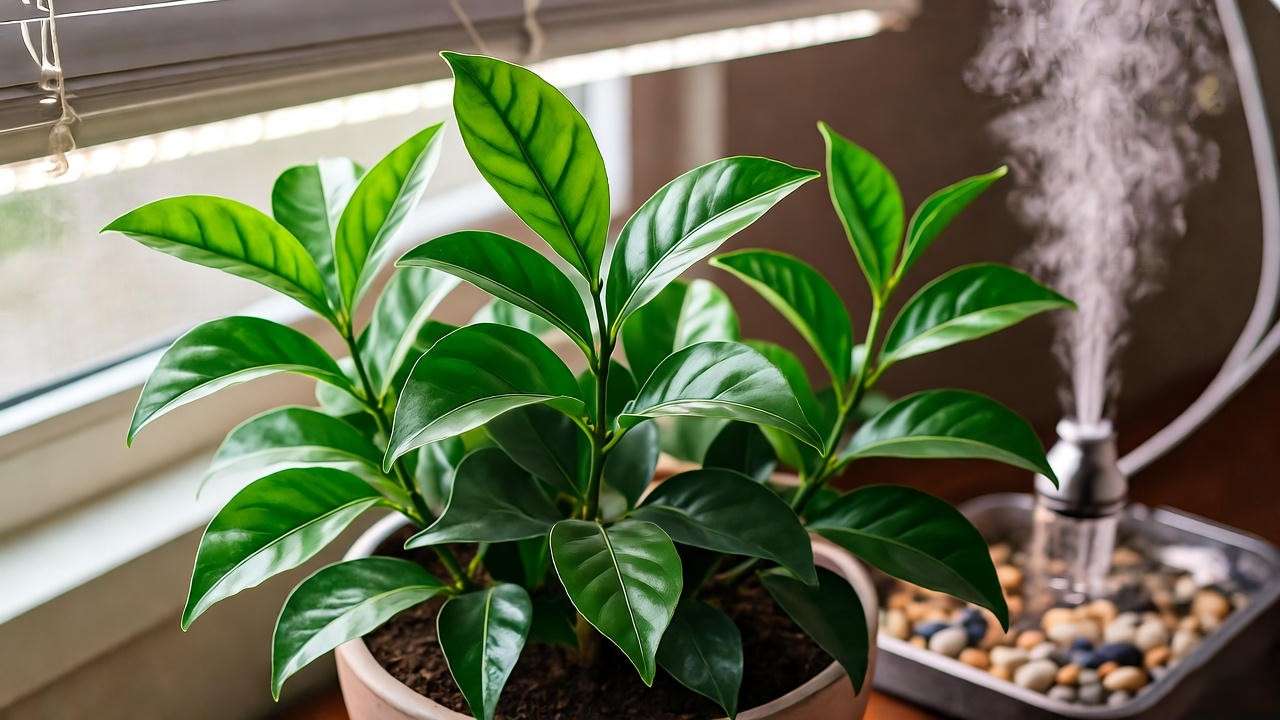
5.2 Cold Climates and Indoor Growing
In colder regions (below zone 9), grow kaffir lime in containers to move indoors during winter. Place near a south-facing window or under grow lights (12–16 hours daily). Maintain indoor humidity at 50–60% with a humidifier or pebble tray, as dry air can stress the plant. Acclimate the plant gradually when moving it indoors or outdoors to avoid shock.
Case Study: Jane, a gardener in Minnesota, successfully grows a dwarf kaffir lime indoors using a 150-watt grow light and a weekly misting routine. Her plant produces leaves year-round for her homemade tom yum soup!
6. Harvesting and Using Kaffir Lime Leaves and Fruit 🍈
6.1 When and How to Harvest
Harvesting kaffir lime leaves can begin once your plant is established, typically 6–12 months after planting. Pick leaves early in the morning when their oils are most concentrated, selecting mature, glossy leaves. Use clean scissors to snip leaves close to the stem, leaving enough foliage to support the plant’s growth. For fruit, wait until they turn dark green and slightly soft, usually 2–3 years after planting for young trees. Gently twist or cut the fruit to avoid damaging branches.
Harvesting Tip: Never remove more than 20% of the leaves at once to ensure the plant remains healthy and productive.
6.2 Culinary Uses of Kaffir Lime
Kaffir lime leaves are a cornerstone of Southeast Asian cuisine, adding a vibrant, citrusy flavor to dishes like Thai green curry, tom yum soup, and Malaysian laksa. Use fresh or frozen leaves whole in soups or stews, or finely chop them for marinades and sauces. The fruit’s zest and juice enhance desserts, beverages, and savory dishes, though the juice is less abundant than in other citrus.
Simple Recipe: Kaffir Lime-Infused Coconut Milk
- Ingredients: 1 cup coconut milk, 4–5 kaffir lime leaves, 1 tsp sugar (optional).
- Instructions: Gently heat coconut milk with torn kaffir lime leaves for 10 minutes, stirring occasionally. Strain and use as a base for curries or soups.
This aromatic infusion elevates any dish with minimal effort!
6.3 Non-Culinary Uses
Beyond the kitchen, kaffir lime leaves and fruit have versatile applications. Their essential oils are used in aromatherapy for relaxation and stress relief. Boil leaves in water to create a natural air freshener or add them to homemade soaps. In the garden, crushed leaves act as a natural pest repellent, deterring ants and mosquitoes. The plant’s woodsy-citrus scent also makes it a popular choice for ornamental landscaping.
7. Troubleshooting Common Kaffir Lime Plant Problems 🛠️
7.1 Yellowing Leaves
Yellowing leaves often signal nutrient deficiencies, overwatering, or poor drainage. Test soil pH to ensure it’s between 6.0–7.0, and check for waterlogged roots. If nitrogen is low, apply a citrus fertilizer with micronutrients like iron and magnesium. For overwatering, reduce frequency and improve drainage with perlite or gravel. A foliar spray of diluted liquid seaweed can quickly address nutrient issues.
7.2 Lack of Fruit Production
Young kaffir lime plants may take 2–5 years to bear fruit, so patience is key. If an established plant isn’t fruiting, check for insufficient sunlight (less than 6 hours daily) or improper fertilization (too much nitrogen reduces blooms). Prune overcrowded branches to improve light penetration, and use a fertilizer with higher phosphorus to encourage flowering.
7.3 Pest Infestations
Early detection is crucial for pest control. Inspect leaves weekly for signs like sticky residue (aphids), waxy bumps (scale), or wavy trails (leaf miners). For minor infestations, spray with neem oil diluted in water (1 tsp per quart). Introduce beneficial insects like ladybugs for aphid control. For severe cases, consult a local extension service for targeted treatments.
Troubleshooting Flowchart (for final article): A visual guide will be included to help readers diagnose issues by symptoms, linking to specific solutions.
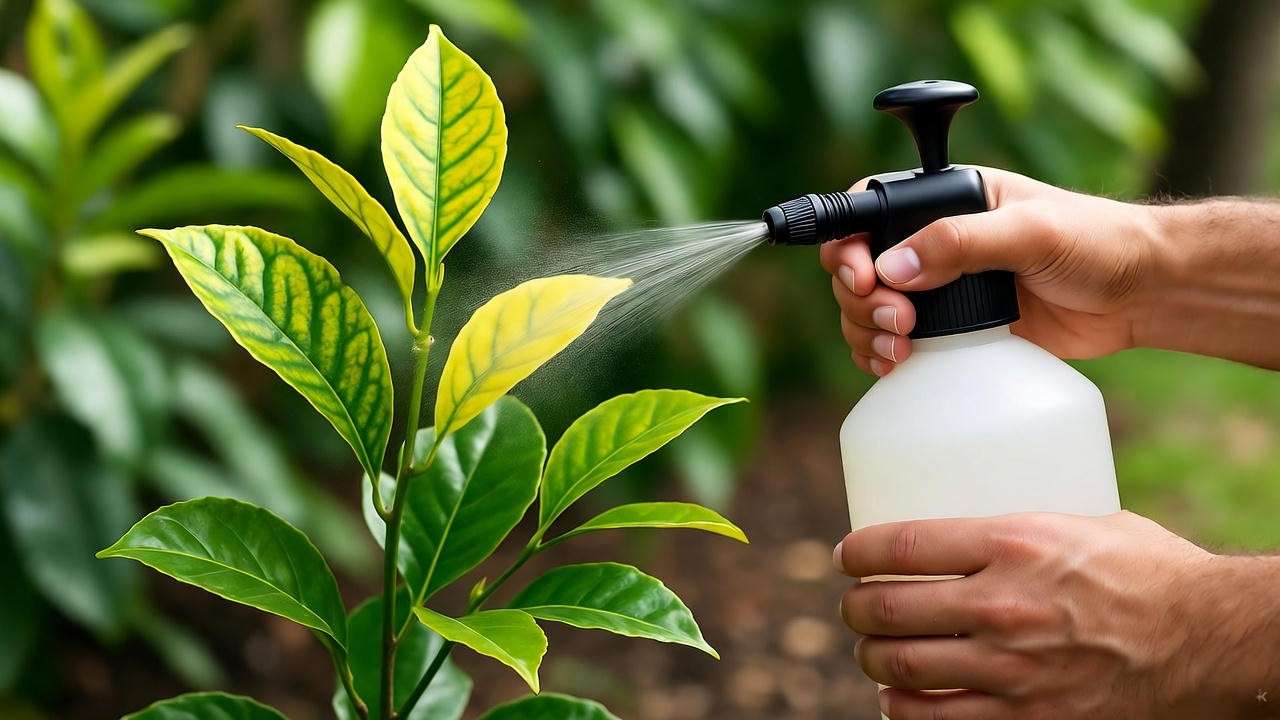
8. Advanced Tips for Maximizing Kaffir Lime Growth 🚀
- Companion Planting: Pair kaffir lime with herbs like basil, lemongrass, or mint to enhance garden biodiversity and repel pests. Avoid planting near heavy feeders like tomatoes, which compete for nutrients.
- Propagation: Propagate kaffir lime via stem cuttings for faster results than seeds. Take a 6-inch cutting from a healthy branch, dip in rooting hormone, and plant in a moist, well-draining mix. Keep in a warm, humid spot until roots develop (4–6 weeks).
- Boosting Fruit Yield: Apply a bloom-booster fertilizer (e.g., 5-10-10 NPK) during flowering season. Hand-pollinate indoor plants using a small brush to transfer pollen between flowers, mimicking natural pollination.
Expert Insight: “To maximize leaf quality, maintain consistent moisture and avoid temperature swings,” advises Dr. Sanjay Patel, a tropical citrus specialist. “This ensures the leaves retain their potent aroma.”
9. Frequently Asked Questions (FAQs) ❓
Q1: Can I grow a kaffir lime plant indoors year-round?
Yes, with 6–8 hours of bright light (natural or grow lights), 50–60% humidity, and temperatures above 60°F. Use a well-draining pot and rotate monthly for even growth.
Q2: How long does it take for a kaffir lime plant to bear fruit?
Typically 2–5 years for grafted plants, longer for seed-grown. Optimal care (sunlight, fertilization, pruning) speeds up fruiting.
Q3: Are kaffir lime leaves safe to eat raw?
While edible, raw leaves are tough and bitter. They’re best used cooked or infused to release their flavor.
Q4: What’s the best way to store kaffir lime leaves?
Freeze fresh leaves in an airtight bag for up to 6 months, or dry them for longer storage (though flavor may fade).
Q5: How do I protect my kaffir lime plant from frost?
Move potted plants indoors before temperatures drop below 50°F. For in-ground plants, use frost blankets and mulch heavily around the base.
10. Conclusion: Your Journey to a Thriving Kaffir Lime Plant 🌴
Growing a kaffir lime plant is a delightful blend of horticultural challenge and culinary reward. By following this guide—planting in well-draining soil, providing ample sunlight, and mastering watering and fertilization—you’ll cultivate a vibrant tree that yields aromatic leaves and tangy fruit. Whether you’re spicing up a curry or enhancing your garden’s beauty, your kaffir lime will thrive with consistent care. Start today, and share your progress in the comments below! For more citrus care tips, explore our articles on lemon tree pruning or container gardening. Happy growing! 🌿

